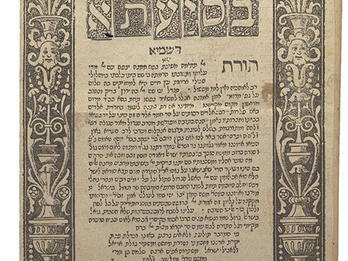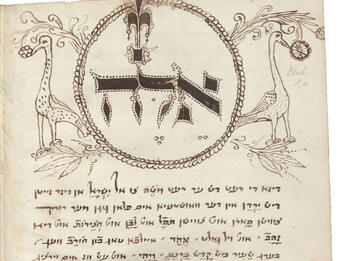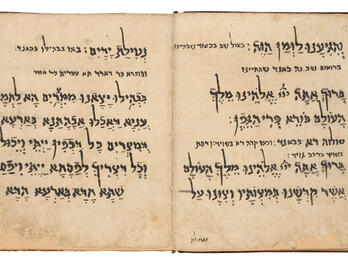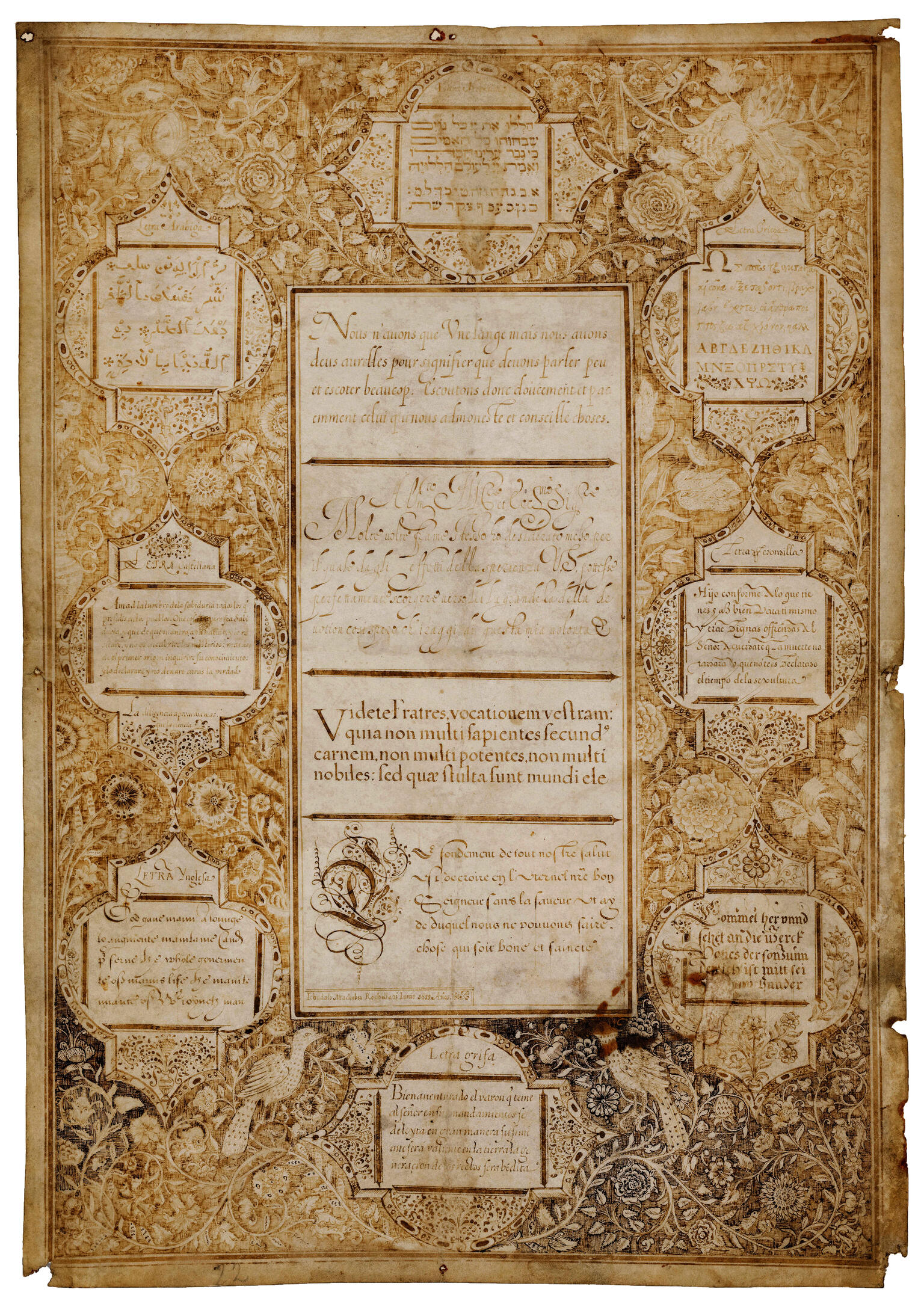Multilingual Exemplar Leaf
Iehudah Machabeu
1655
Credits
Published in: The Posen Library of Jewish Culture and Civilization, vol. 5.
You may also like
Compendia de las sheḥitot (Compendium of the Laws of Kosher Slaughtering)

Polyglot Bible (Constantinople)
Spanish Translation of the Bible

Yiddish Translation of the Bible

Judeo-Persian Haggadah (Kaifeng)
Los CL Salmas de David (The 150 Psalms of David)
Creator Bio
Iehudah Machabeu
Iehudah Machabeu was the pen name of Louis Nunes Dovale, a scribe and member of the Spanish and Portuguese community in Amsterdam in the seventeenth century. Between 1646 and 1654 he lived in Brazil. He was known as an outstanding calligrapher, adept at many different kinds of scripts, which he offered as choices for his clients. During the Eighty Years’ War, he forged Spanish documents for Dutch merchants who wanted to flout the Spanish embargo.
Related Guide
Jewish Printing and Book Culture
Jewish printing unified far-flung communities by standardizing religious texts, created textual uniformity, and enabled vernacular translations, and facilitated the spread of Jewish texts and knowledge.
Related Guide
Early Modern Jewish Languages
As Ashkenazi and Sephardi Jews migrated eastward, Yiddish and Ladino emerged as distinct languages. Both languages developed literary traditions, as print became more widespread.
Places:
You may also like
Compendia de las sheḥitot (Compendium of the Laws of Kosher Slaughtering)

Polyglot Bible (Constantinople)
Spanish Translation of the Bible

Yiddish Translation of the Bible




